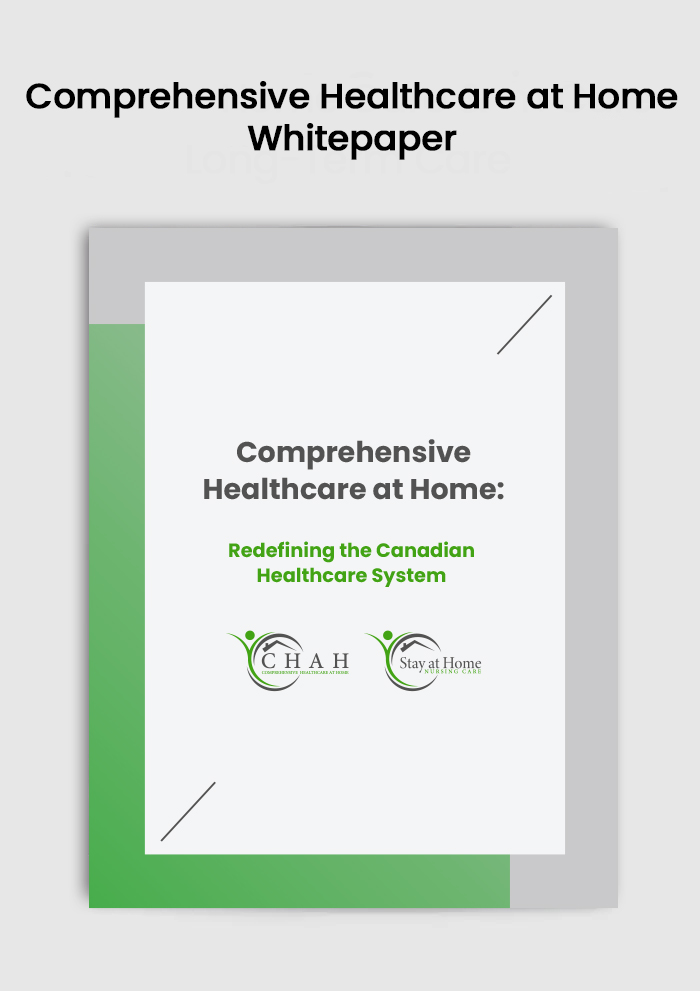Time to Break the Silos: Transforming Ontario’s Healthcare Future
At the Home Care Ontario Symposium in late November, Matthew Anderson, CEO of Ontario Health, articulated a profound challenge facing our healthcare system. “We know that funding for preventative care in places such as home care intuitively makes sense,” he said, “but we have little real data to justify that. If we put $1 million into a hospital and they perform this surgery and that procedure, we see where the money went and what the impact was. With home care and preventative care, it is harder to ‘prove a negative’ when an adverse event was avoided.”
This statement highlights one of the core issues underlying Canada’s well-known “1/31 problem”—we are the world’s top spender on publicly funded healthcare as a percentage of GDP yet rank 31st out of 38 economically advanced countries in health outcomes. It’s a paradox born from systemic inefficiencies that demand urgent attention.
The reasons for this disparity are many, including workforce shortages, geographic access challenges, and an institution-centric system that prioritizes acute care in hospitals and long-term care (LTC) settings. However, Anderson identified two particularly impactful issues: siloed care delivery and the needs of primary and preventative care.
The High Cost of a Reactive System
A stark example of this dysfunction lies in the management of urinary tract infections (UTIs) among seniors. Data from 2013 shows that over a five-year period across Canada, more than 325,000 seniors were hospitalized due to UTIs that became so severe they required IV antibiotics and rehydration. Each hospitalization cost the system approximately $12,000, totaling over $4 billion. Tragically, 8.1% of those hospitalized did not survive.
Fast forward to 2024, and these figures have likely doubled, with costs and senior populations both rising. Without systemic changes, they will likely double again by 2031. Yet, these outcomes are largely preventable—most UTIs can be resolved with a simple, $20 course of antibiotics if caught early enough.
Another example where this approach could benefit would be lower limb amputations, as a result of complications with peripheral arterial disease. Ontario has one of the highest rates in the world of lower limb amputations (with an amputation about every 7 hours), and this key measure is often used as a performance indicator of a system. It is estimated that 80% of these could be avoided with early detection.
Together, these examples highlight how reactive care not only increases costs but also results in tragic, preventable outcomes—underscoring the critical need for a shift toward proactive, preventative care.
This is where the current funding model fails us. Hospitals operate within rigid, narrowly defined budgets that prevent them from investing in preventative home care or innovative solutions for LTC facilities. These measures, while effective at reducing hospitalizations and improving patient outcomes, fall outside their mandates and funding envelopes. At the same time, LTC providers face their own financial constraints. Budgets are tightly regulated, leaving no flexibility for investing in innovations that could reduce hospital stays or mortality rates.
Make no mistake – healthcare professionals across the system are eager to make these changes. Yet, government-imposed funding rules create systemic barriers that make it impossible. Even government ministries and agencies, which recognize the need for reform, lack the visibility and tools to address these challenges across the fragmented system.
A System in Silos
Even when solutions exist, implementation is hindered by siloed funding and operational challenges. For example, CHAH AI Care, an innovation from our own team, uses AI to predict risks such as falls or Urinary Tract Infections (UTI’s), allowing proactive interventions. A risk alert for a UTI could prompt a nurse to conduct an in-home urine test, confirm the infection, and coordinate with a pharmacist to deliver antibiotics. This approach prevents costly hospital stays, reduces risks for seniors, and improves outcomes.
Despite its clear benefits, integrating such solutions into LTC facilities is often obstructed by bureaucratic red tape, and restrictive funding envelopes. Adding to this challenge, LTC providers operate under government created financial models that disincentivize investments in prevention. For example, the costs of treating a UTI are borne by the hospital’s budget, not the LTC facility. With over 50,000 people waiting for LTC beds in Ontario, any vacancy is quickly filled within 24 hours, leaving little motivation (or approved budget) for facilities to prioritize prevention. This is not a challenge the LTC sector can resolve on its own—it is a systemic, structural issue requiring broader intervention.
A New Path Forward
Ontario’s healthcare system needs a fundamentally new approach—one that bridges the silos and aligns incentives with outcomes. A proposed solution is the creation of Ontario Health Integrations, a dedicated agency tasked with cutting across the fragmented healthcare system to address systemic inefficiencies. This agency would:
- Focus on Key Drivers: Target the top reasons for hospitalizations and develop evidence-based strategies to address them.
- Invest in Prevention: Fund initiatives that demonstrate measurable cost savings and improved health outcomes, even if they span multiple silos.
- Enable Collaboration: Act as a unifying body to coordinate efforts between hospitals, LTC providers, home care, and community health services.
- Put the patient at the centre and modify the system to meet their needs and not the other way around. Use a Unified Care Plan, specific to every individual as a key driver and unifier of coordinated, integrated care.
This integrated model would shift the paradigm from reactive care to proactive prevention, leveraging innovations like CHAH AI Care to tackle issues such as UTIs and lower limb amputations before they escalate. By aligning funding with holistic outcomes, we could dramatically reduce hospital costs and improve the quality of life for all Ontarians.
A Call to Action
Healthcare leaders recognize the need for change, but systemic barriers keep them siloed. Ontario Health Integrations represents a bold yet necessary step to break these silos and create a healthcare system that works as one. By investing in proactive, preventative care and fostering cross-system collaboration, we can achieve better outcomes and a more sustainable future for Canadian healthcare.







